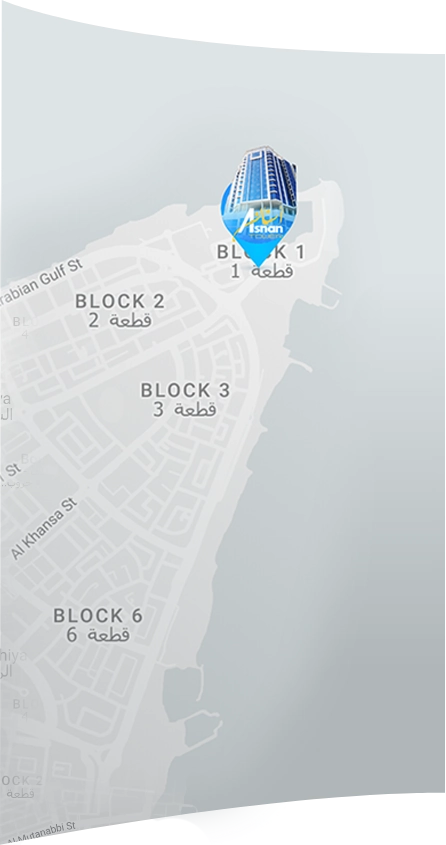Teeth Extraction

Many consider tooth extraction as a normal and inevitable fate of all teeth. Yes, a person can continue to live normally when he loses a tooth, but ask anyone who has lost many teeth about his enjoyment of his food and what he would do if he went back in time.
Why are teeth extracted?
There are many reasons for tooth extraction, the most important of which are:
- Decay: when the decay reaches the depths. It destroys the tooth structure to the point that it cannot be restored.
- Infections: This is when these infections damage large parts of the tooth or in the bone surrounding the teeth.
- Tooth crowding: When the mouth does not accommodate all the teeth inside, one or some of them are extracted for orthodontic treatment.
- Involved teeth: Many dentists recommend removing teeth that are stuck between the jawbone and another tooth, especially where only a small part appears inside the mouth. Where it has been proven that oral bacteria collect between these small parts of the ingrown teeth, causing severe
- infections and tumors. The ingrown teeth continue to grow in an attempt to penetrate the gum tissue. Eventually, these constant pressures lead to damage to the roots of adjacent teeth.
Therefore, the extraction of such teeth leads to avoid infection with: infections
Damage to the roots of the teeth and other adjacent bones
severe pain in the future
There are two types of tooth extraction - surgical and non-surgical:
- Non-surgical extraction: To remove prominent teeth in the jaw.
- Surgical extraction: removal of teeth that are partially or completely immersed in the gums.
How are teeth extracted?
The dentist reviews your medical condition well and takes the necessary x-rays before extracting any tooth. X-rays show the length, shape, and location of the tooth to be extracted. From this information, the dentist infers how difficult the extraction procedure is and then decides if your condition will prepare you for a referral to an oral surgeon. The area around the tooth is numbed before it is extracted. Dentists usually use local anesthesia to numb the adjacent tooth and gums. In cases of simple tooth extraction, and after numbing the affected area, the doctor follows the following steps:
- Moving and loosening the tooth with an instrument called an Elevator
- Extraction of the tooth using "Medical clamps - Forceps"
- In some cases, the dentist may straighten the underlying bone as soon as the tooth is extracted.
- After the extraction of some difficult cases or when more than one tooth is extracted, the doctor closes the place of the extracted tooth using medical stitches.
What can I expect after a tooth extraction:
Keeping the area resulting from tooth extraction clean and avoiding infection is very important. The dentist will ask you to gently bite down on a dry, sterile gauze pad for approximately 30-45 minutes to reduce bleeding. During the 24 hours following the extraction of the tooth, you must avoid:
- smoking
- Rinse your mouth or rinse your mouth vigorously.
- Eating hot food or drinks.
- Violent activities
- Drinking with a stick (straw)
The tooth extraction process is usually accompanied by a feeling of pain and discomfort. In some cases, the dentist will recommend a pain reliever. Ice packs can also be used on the face to reduce swelling and pain.
After a full day of tooth extraction, start gargling with warm salt water (be careful not to swallow this water). Under normal conditions, the discomfort subsides within a period of three days to a week. You should immediately contact your dentist if the pain persists, or if you experience severe pain, swelling in the mouth, bleeding or high body temperature.







